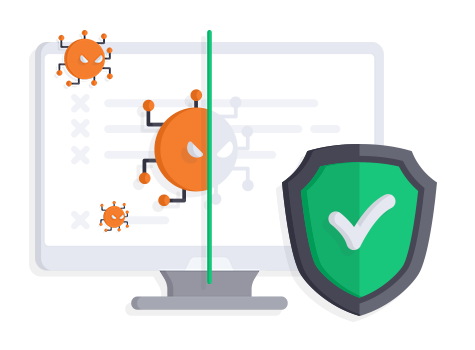

In addition to all of these components, the Cisco UCS servicing as a compute endpoint is bundled with key products in compute or in the application layer. The remote NetFlow collectors, such as Cisco Stealthwatch supported on Cisco NX OS running on Cisco Nexus switches, can help perform continuous monitoring and provide real-time threat detection and incident response forensics in case of an attack. Components such as NetApp Snapshot™, SnapRestore®, SnapCenter®, SnapLock®, and FPolicy® offer many useful features for data protection. Most of the solution components are already integrated as part of a NetApp® ONTAP® system. FlexPod offers a wide range of benefits, with tools and technologies that safeguard customers’ data against ransomware and help them to recover quickly from a possible hostage situation.Ĭomponents of a solution with FlexPod to protect against a ransomware attack. Similarly, FlexPod® is a proven platform with more than 9,000 worldwide customers and $11.5 billion in sales, running the mission-critical workloads of some of the largest enterprises on earth. These services could be easily accessed during a disastrous theft event. Protection Measures Offered by FlexPod These days, phone manufacturers provide mature, robust, cloud-connected data services that perform sophisticated, granular data backup. Overall, ransomware infections recorded for enterprises were up by 12% in 2018. In 2018, that shift accelerated, and enterprises accounted for 81% of all ransomware infections. In 2017, the balance tipped toward enterprises, with a majority of infections occurring in businesses.

Until 2017, consumers were the hardest hit by ransomware, accounting for major incidents of infection. WannaCry, copycat versions, and Petya have continued to inflate infection figures. Also, typical downtime averaged 12.1 days in Q3, up from 9.6 days in Q2.Īnother report from Symantec highlights the fact that these malware attacks are a major challenge for organizations. In Q3, that amount increased to $41,198-and there could be multiple incidents in a single environment. According to a CoveWare ransomware report, in Q2 2019 the average ransom payment was $36,295 per incident per day. The cost of recovering from a ransomware attack usually includes rebuilding the affected environment, the cost of the ransom itself (if the demanded ransom is paid), and the business disruption due to the attack. city, with an estimate of more than $19 billion across local governments and other sectors. Ransomware Impacts According to a CNET report, the cost of ransomware could be as devastating as that of a natural disaster hitting a U.S. Ransomware is often a product of organized crime, and attackers may not operate ethically, refusing to provide the decryption key even after the ransom is paid.
Cnet best ransomware protection software software#
Welcome to RANSOMWARE! What Is Ransomware? Ransomware is a type of malicious software (malware) that uses cryptography to encrypt the victim’s sensitive data and holds it hostage until the victim pays the demanded ransom to receive a decryption key. Now imagine how hard it would be if an organization with thousands of employees lost all of its data with no idea who stole it and with no measures in place to recover the lost data.

This is certainly a difficult situation to deal with. Misplaced your phone? Can’t remember where you left it? Did someone steal it … or did you lose it? We’ve all been through these moments, and many of us have actually lost our phones, along with a lot of personal data. Protection Against Ransomware: The FlexPod Solution


 0 kommentar(er)
0 kommentar(er)
